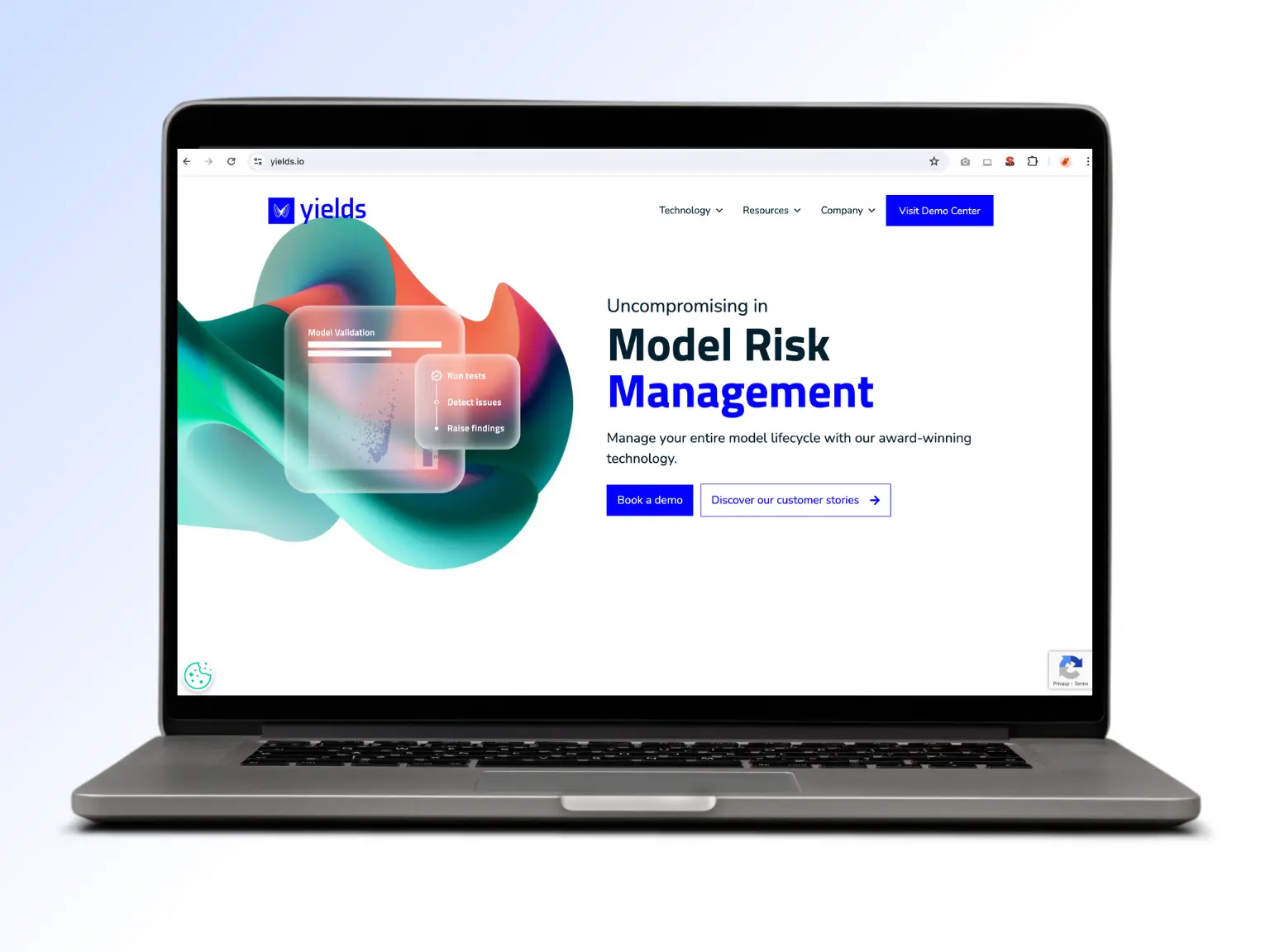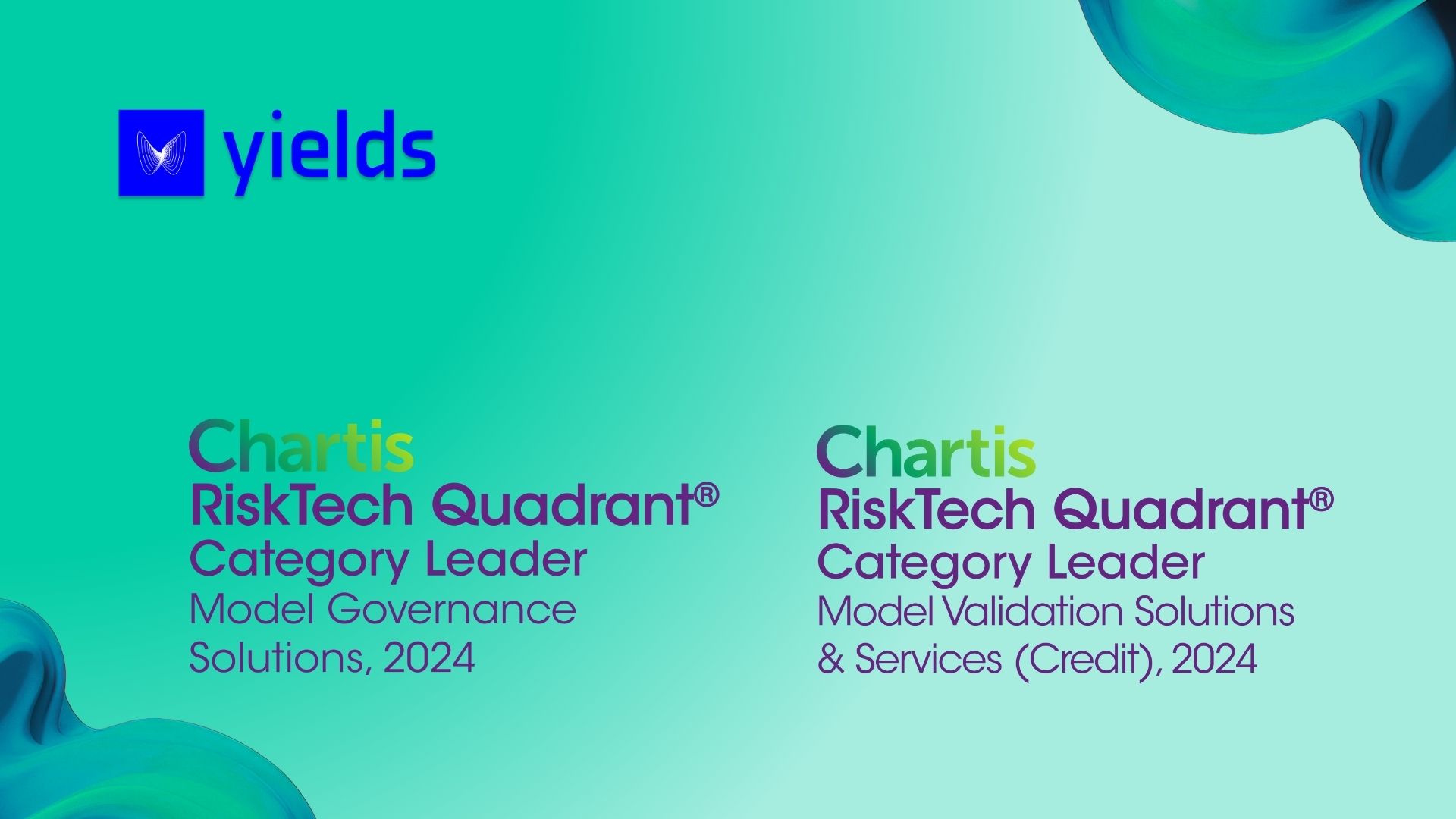
Additional Features
In addition to these core components, there are several other crucial features that a robust MRM system offers, which are challenging to implement in Excel:
- Audit Trail: It’s vital to track changes to the model inventory over time, capturing who made each change.
- Access Control: Often, access to models in the inventory is restricted, with only a select few permitted to modify model attributes.
- System Lifecycle Management: The MRM system itself must evolve to stay aligned with the MRM framework, which continuously changes due to the introduction of new model types and updated MRM guidelines. Excel lacks the versioning functionality required to manage these changes effectively.
The Business Case: Hidden Costs of Excel-Based Inventories
While an Excel-based inventory might seem cost-effective at first glance, the actual expenses can far exceed those of a dedicated MRM system.
Consider the following scenario: Suppose an organization has five models, three of which require validation in a given year. Without a workflow engine to guide consultants through the validation process, we’ve observed that this can result in at least one additional week of work per validation.
Moreover, management often needs reports to discuss risk appetite and facilitate board-level discussions. Compiling this data is complicated when using Excel, as information is typically scattered across multiple documents, with no built-in reporting functionality. Assuming quarterly reporting is necessary, this could take up to five days per report to prepare.
Finally, during external audits or regulatory reviews, an MRM system allows for a much smoother process, thanks to centralized data and built-in audit trails. In contrast, organizations relying on Excel will face challenges. Auditors are likely to ask more questions due to the inherent limitations of Excel as a trustworthy system. Additionally, gathering the necessary data is cumbersome, and the lack of consistency in an Excel-based inventory often leads to audit findings that require significant time to address. Based on our experience, such an audit could result in up to six months of additional work, or about 20 person-days per year.

The scenario above illustrates that even with a small inventory of just five models, the hidden costs of using Excel can add up to approximately 55 person-days of extra work per year. This overhead far exceeds the annual subscription fee for a dedicated MRM system like the Yields MRM Suite. Additionally, a vendor-based MRM system incorporates best practices from the broader MRM community and evolves continuously, helping organizations build better models more efficiently and ultimately adding significant value.

Yields MRM Suite
Staying compliant with evolving regulations, especially across different countries, is challenging. The Yields MRM Suite provides advanced tools specifically designed to help with Model Risk Management regulations, ensuring you meet these specific requirements effectively.
Visit our demo center to learn more.





